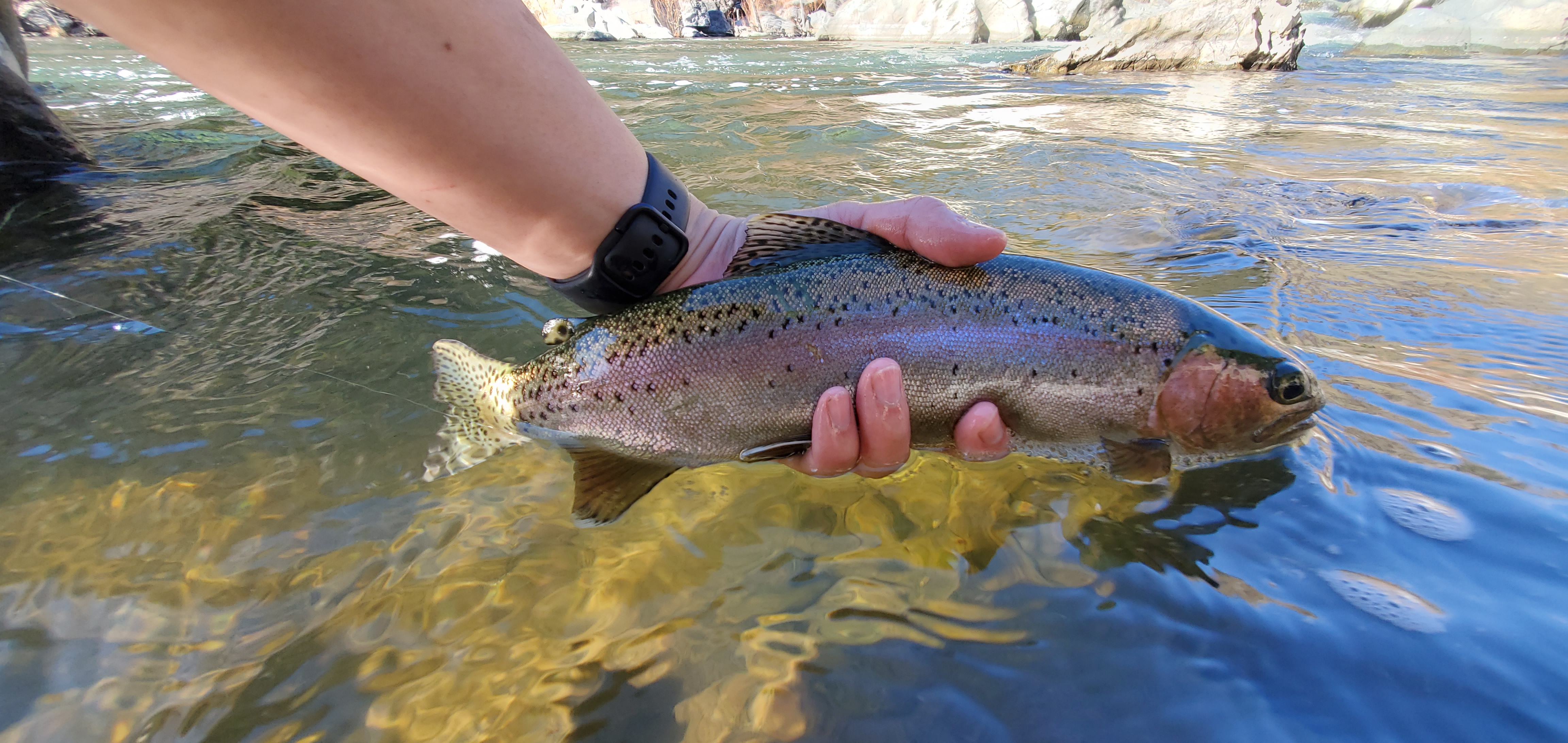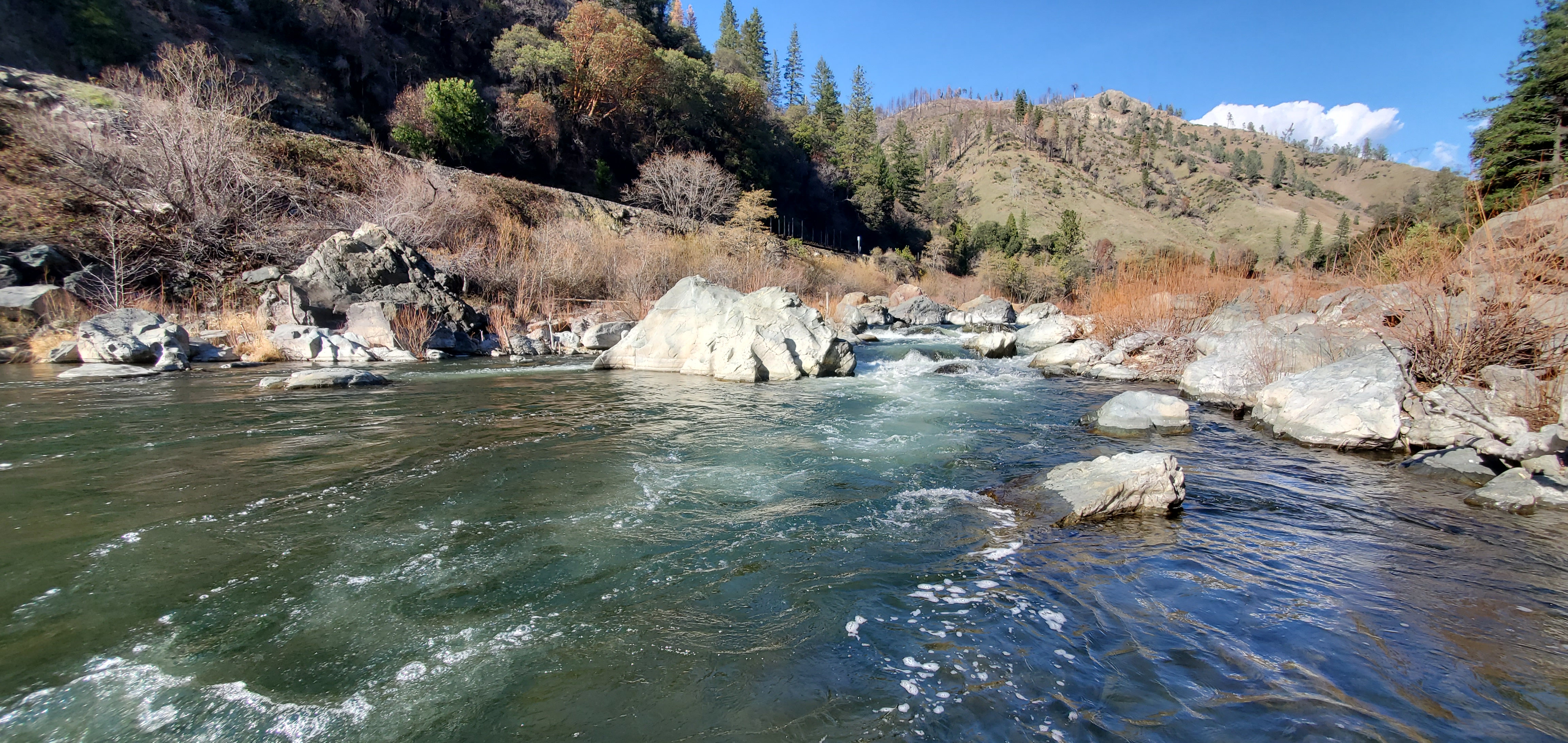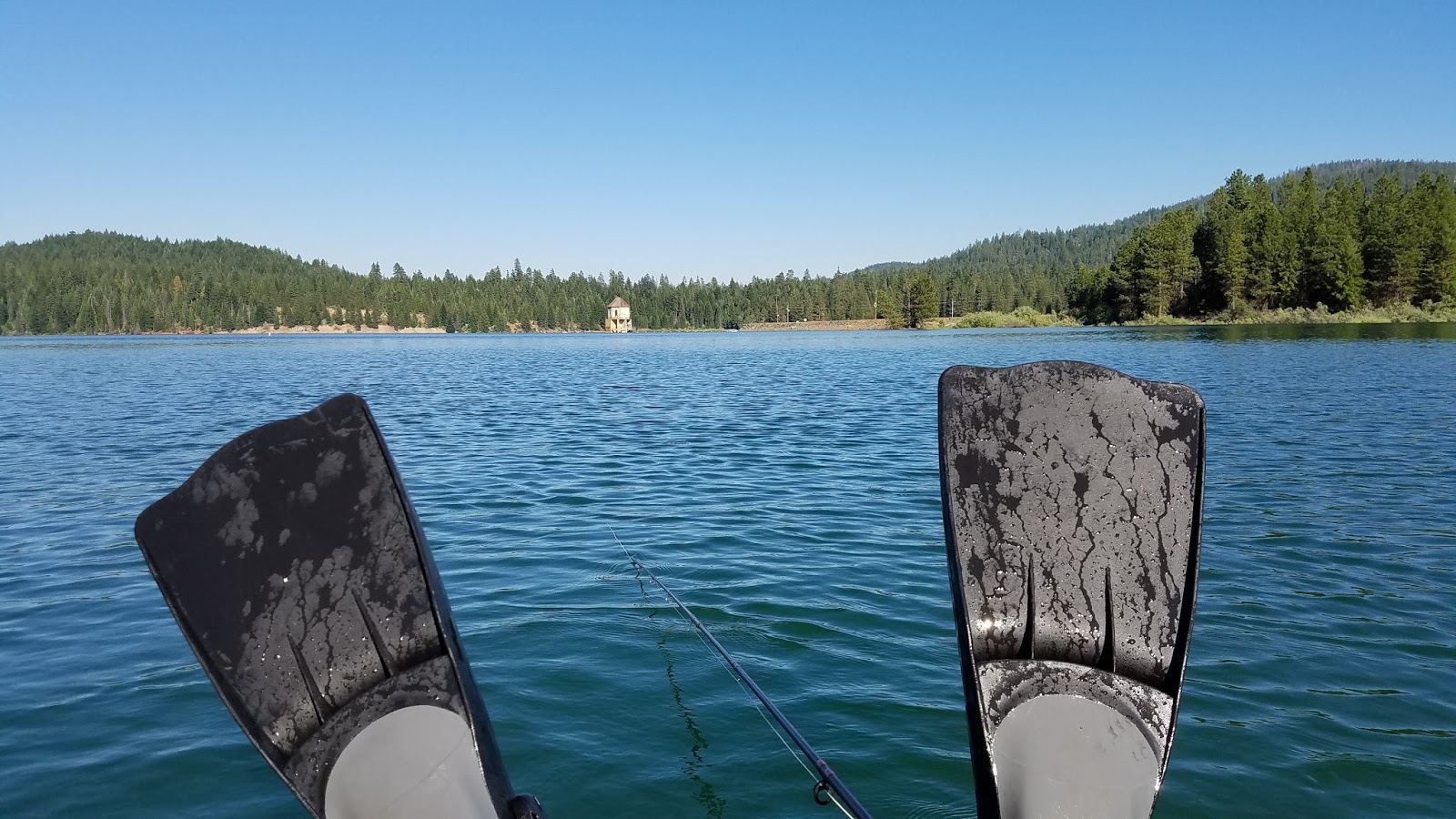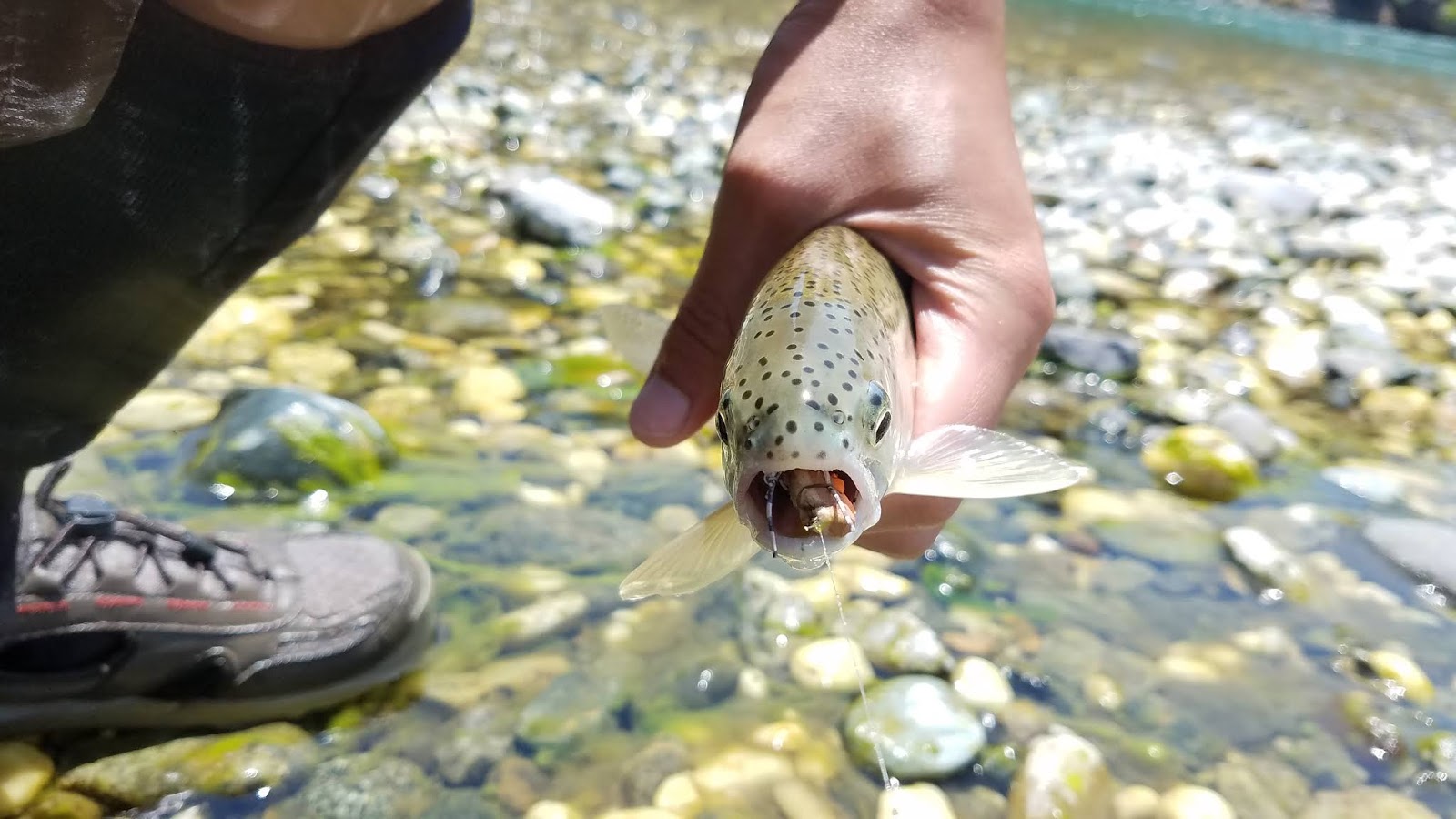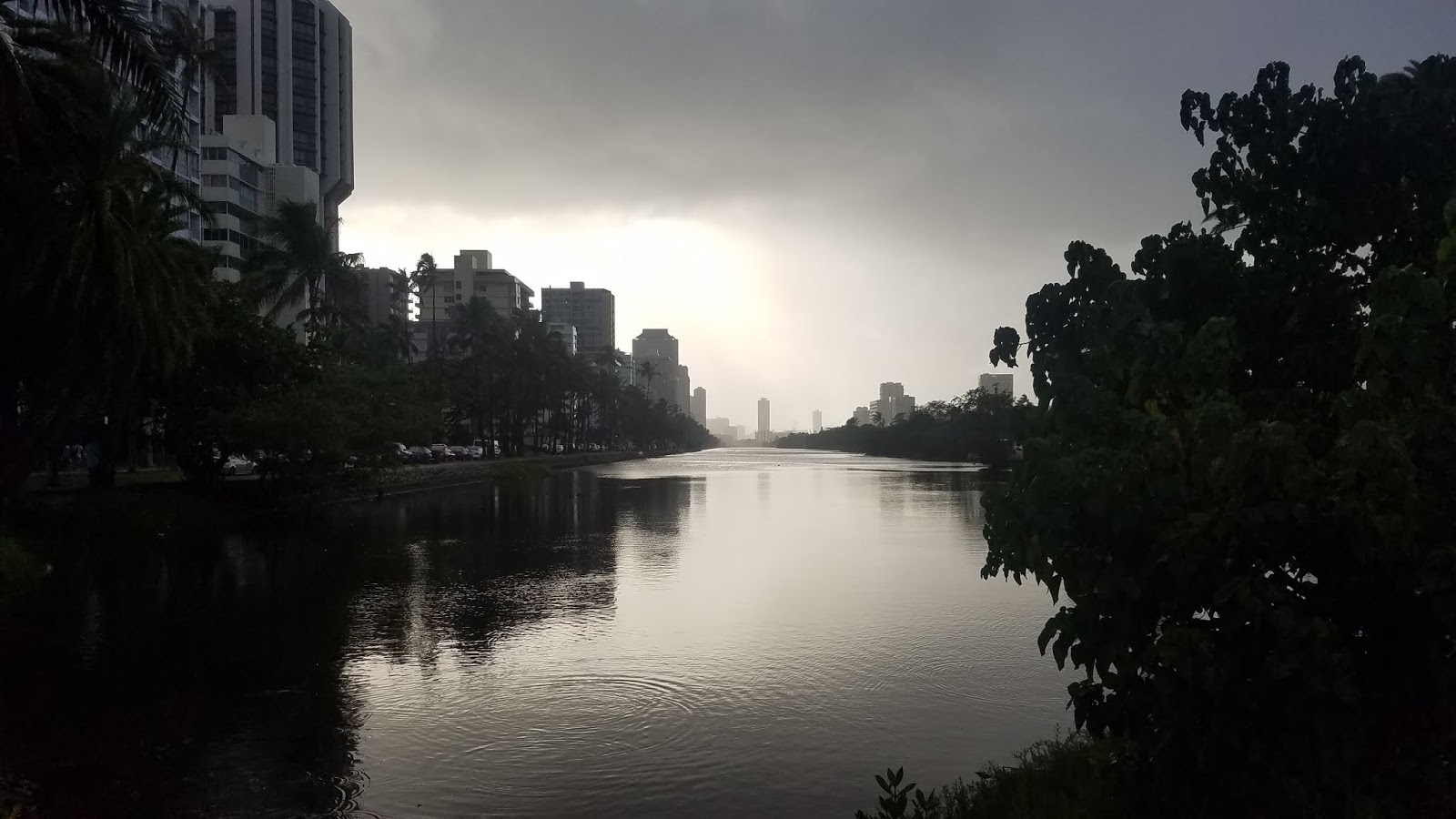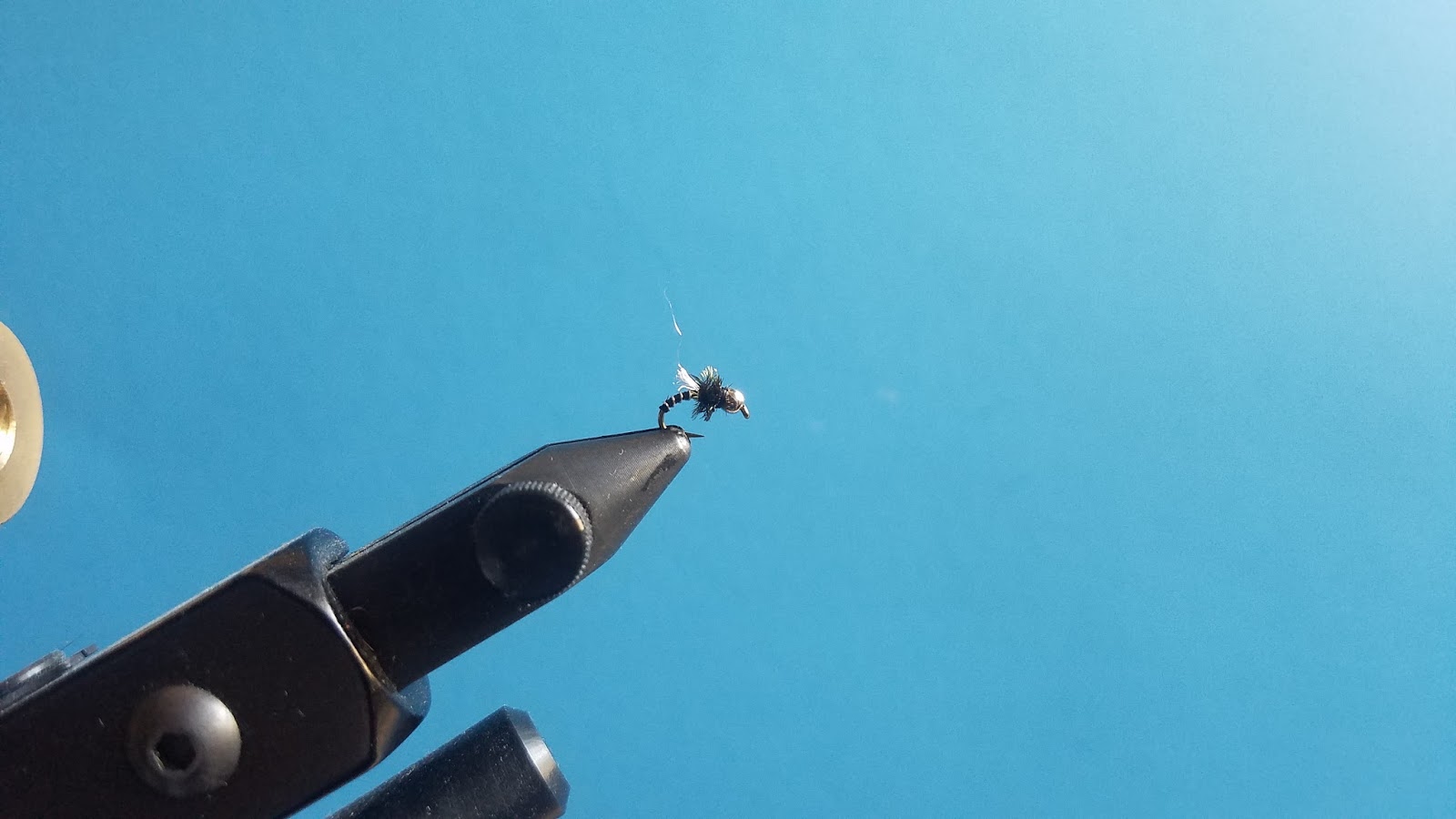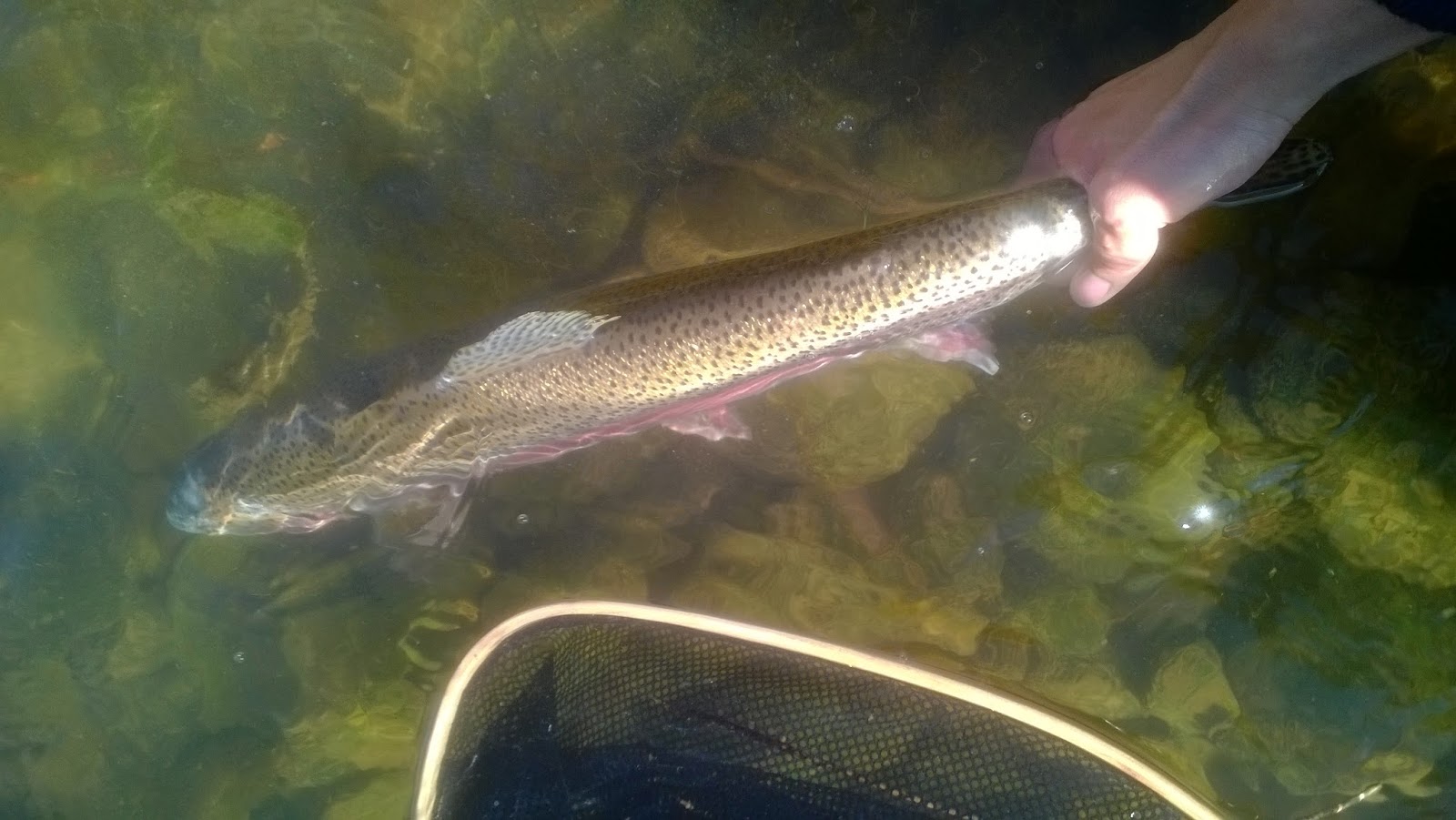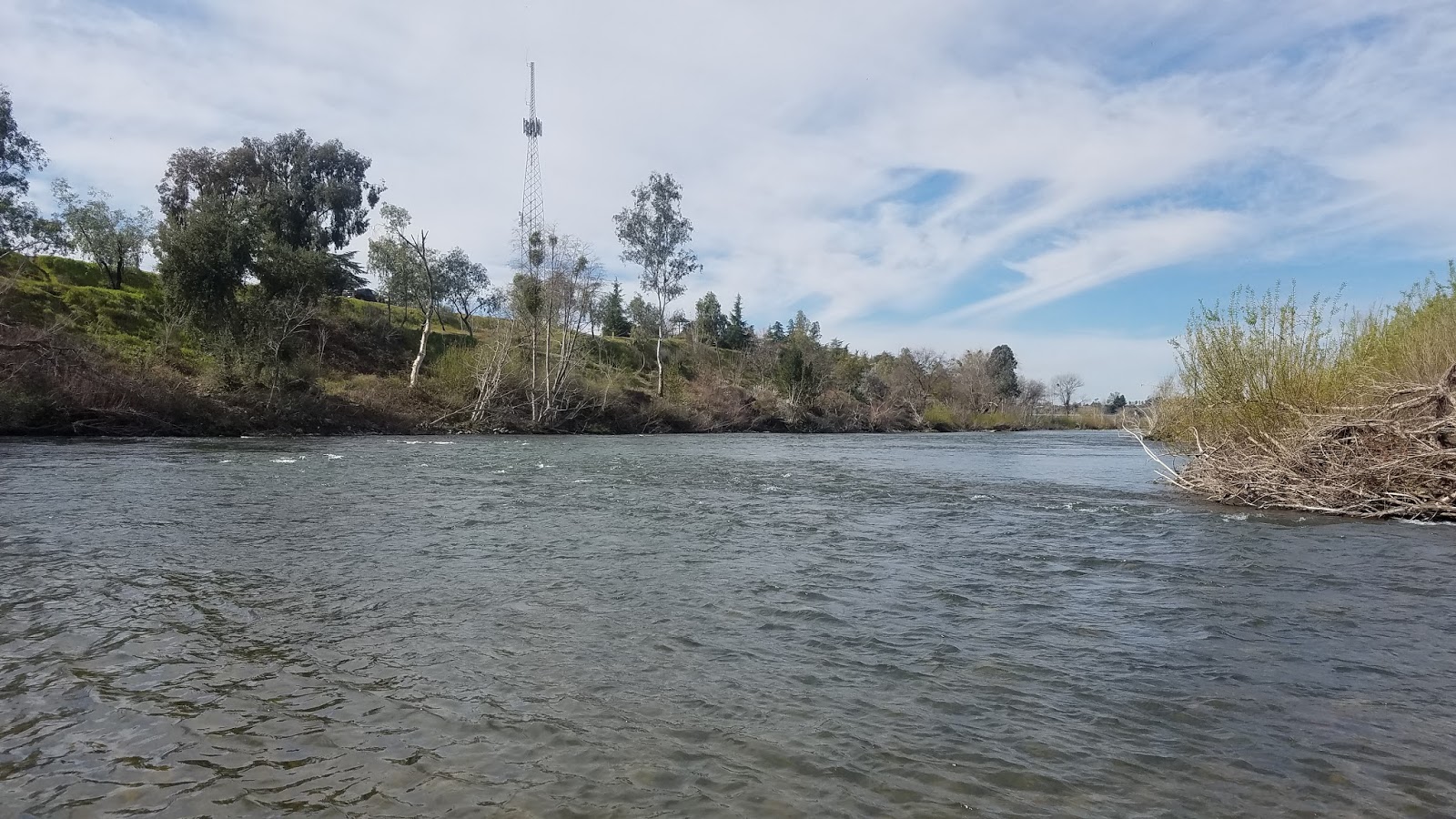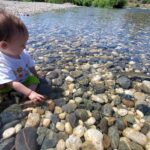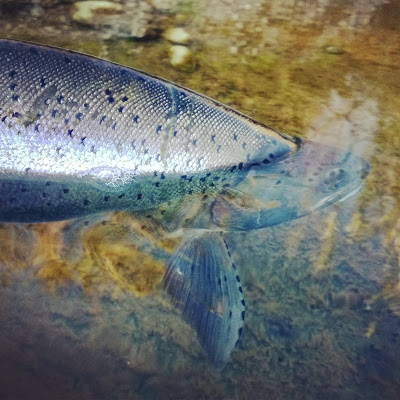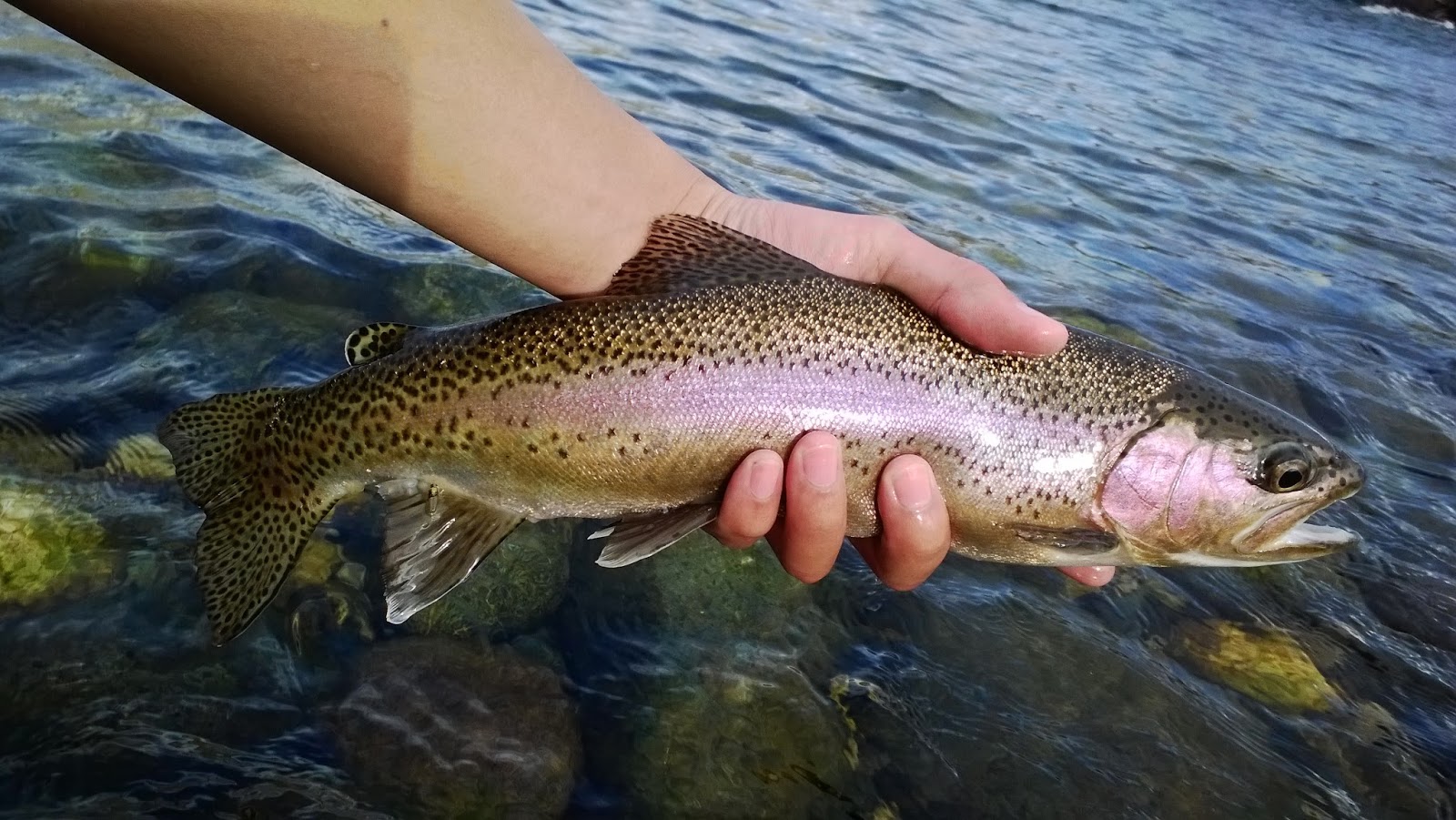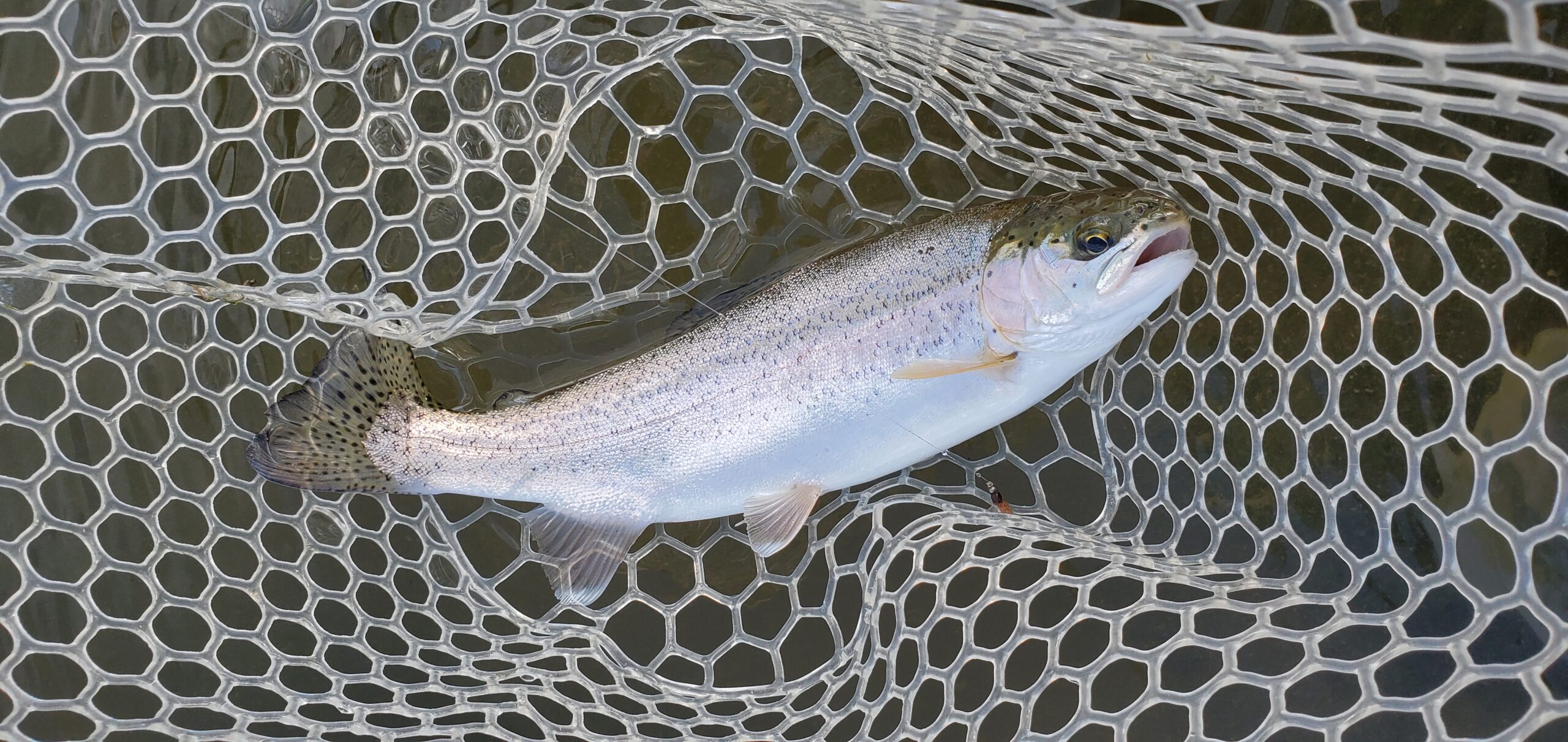
The Feather River hasn’t been on my list of places to fish in a long time. I personally find the Feather River a lot of work to fish successfully by foot. The majority of the productive areas on the Feather River are spread far apart making floating rather than wading the best way to fish it. The Yuba continues to fish well however I wanted a change of scenery so I decided to make the trip and put some time into the Feather.
The spring-run fish are the buzz of this month on the Feather River. Most of the springers will start rolling in late February with the peak in April. The spring-run steelhead on the Feather River are mostly wild making them great fighters that will take you into your backing. Though they tend to be on the smaller side I would still consider them steelhead rather than natives due to their elusiveness.
The flows in the low-flow were a bit high at 830 CFS and the flows in the high-flow were low with an additional release 200 CFS from the Afterbay for a total of 1030 CFS. I made my rounds on my usual route: the low-flow section first then the high-flow section.
The harsh weather made the fishing a bit tough. I welcomed the overcast but dreaded fighting the +20MPH southern winds which forced the water surface upstream. Thankfully the weather cleared in the afternoon which helped save the day.
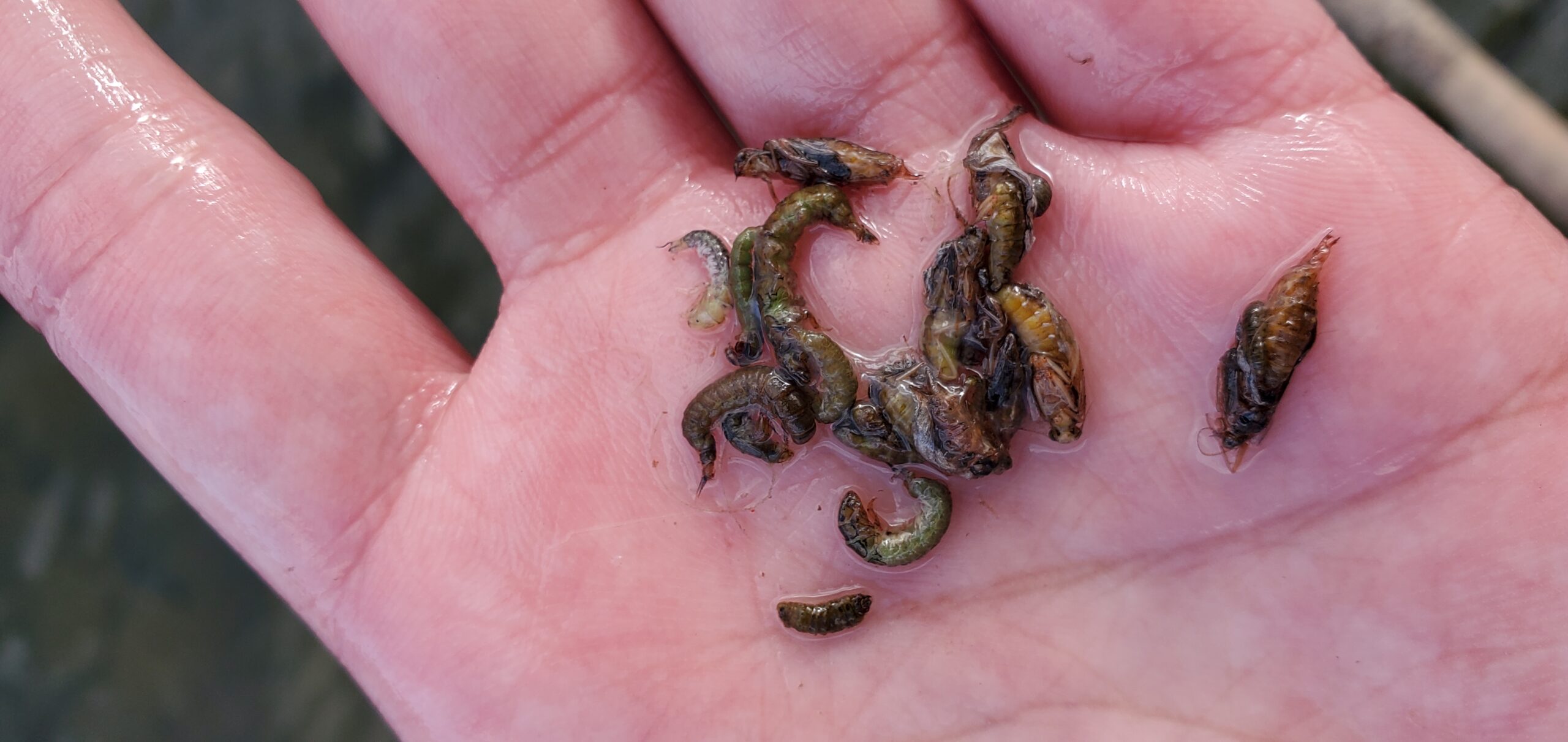
I fished my typical swinging set-up for the first half of my visit with no hits. In hindsight I should have changed my flies earlier because once I did later in the day I hooked a fish on the first cast. During this trip I hooked about four fish and landed one of them. Unfortunately I lost all my copies of the hot fly and had to call it quits.
My love for the Feather River was vitalized once again and now I want to get back ASAP.
